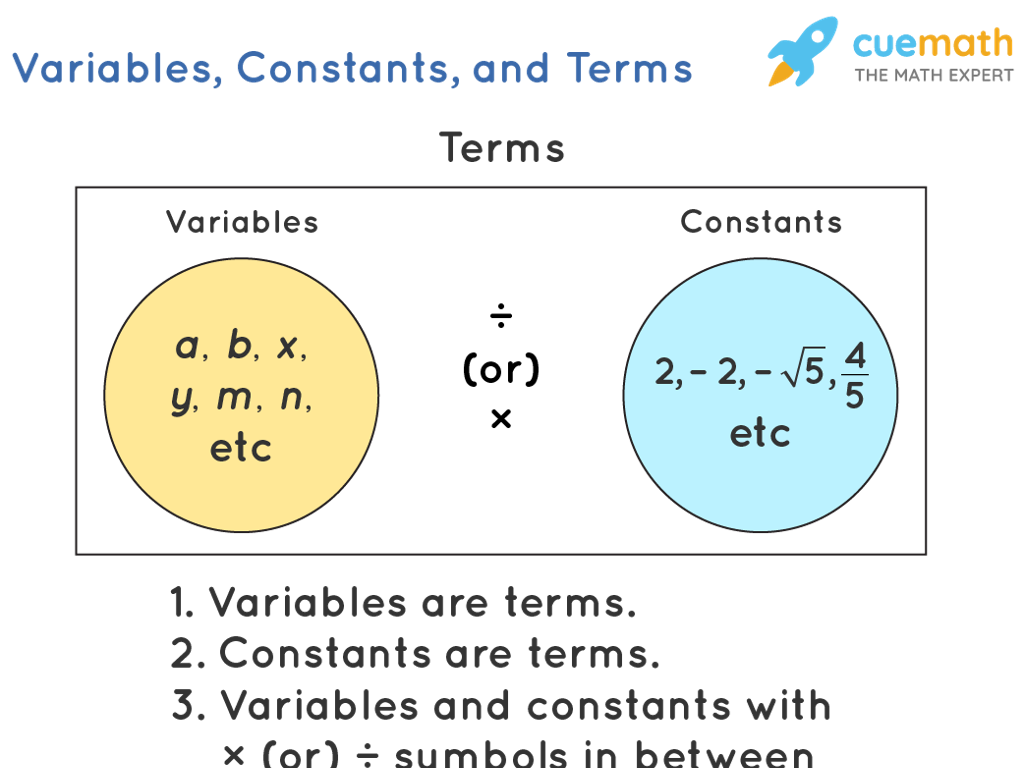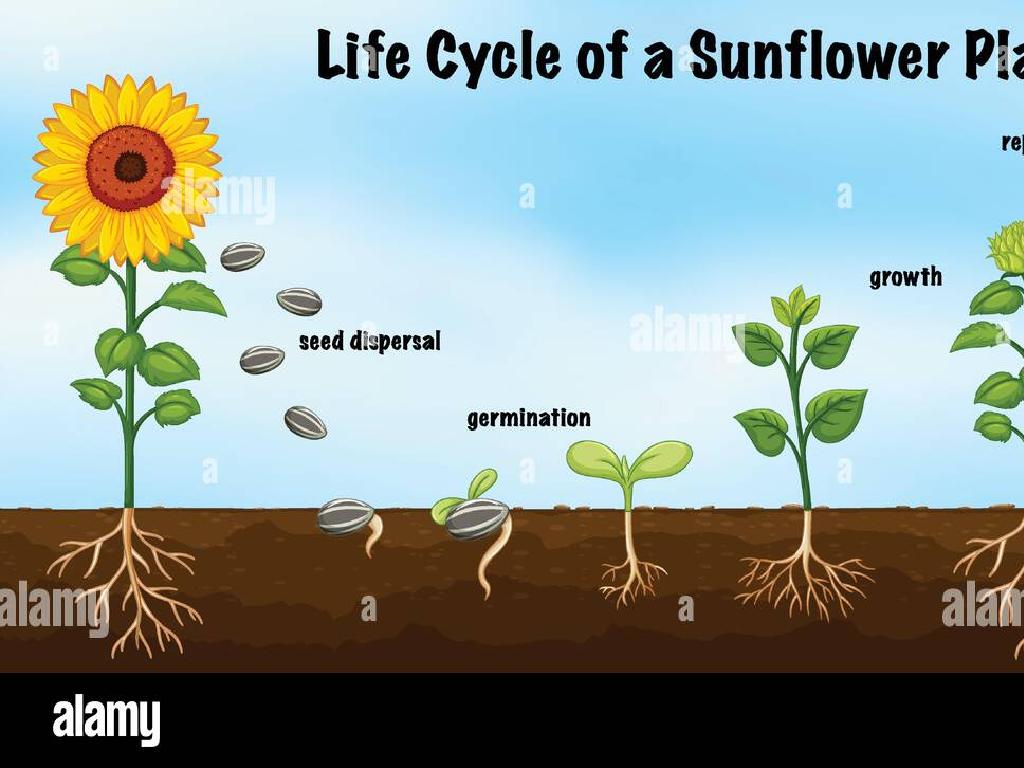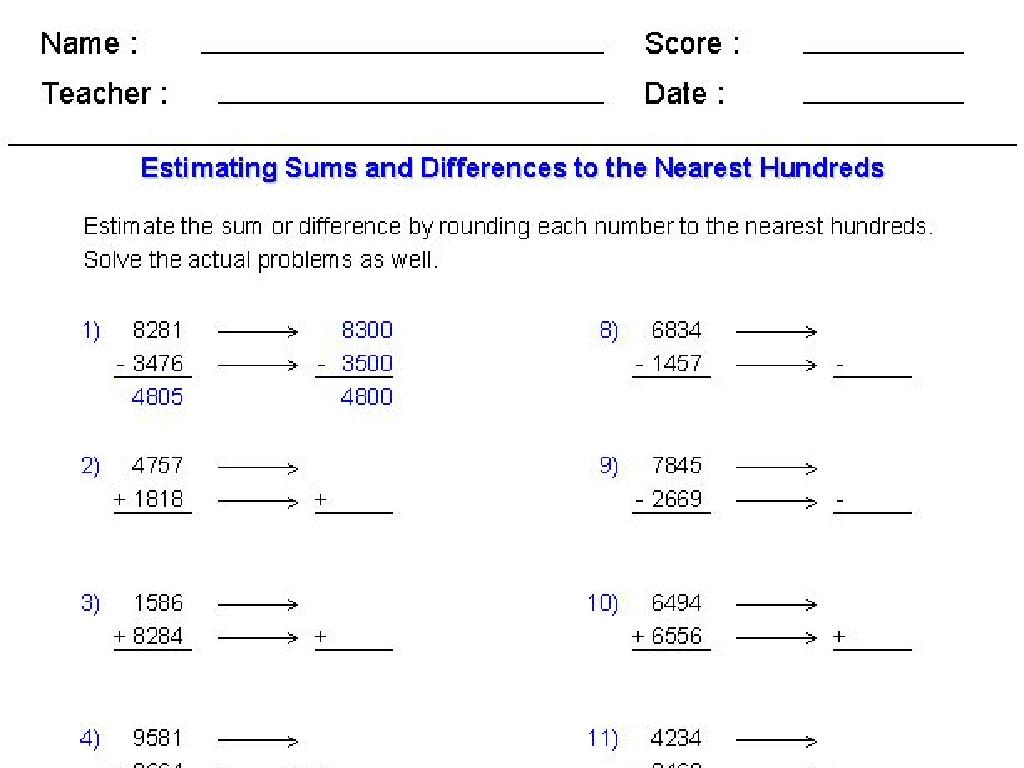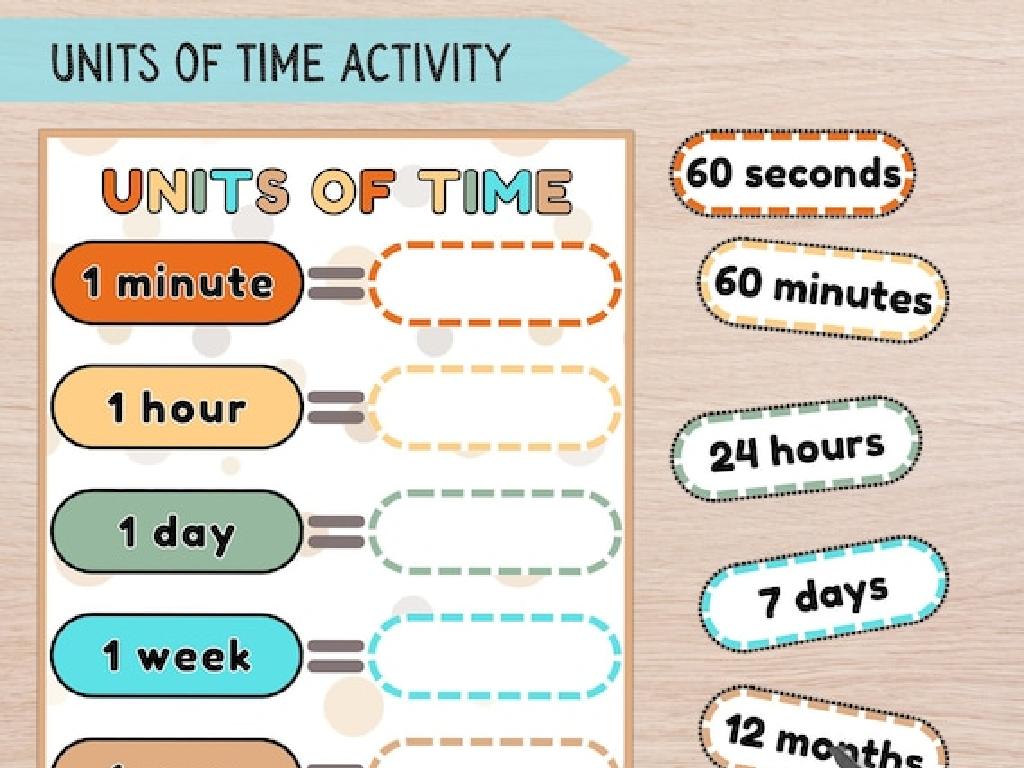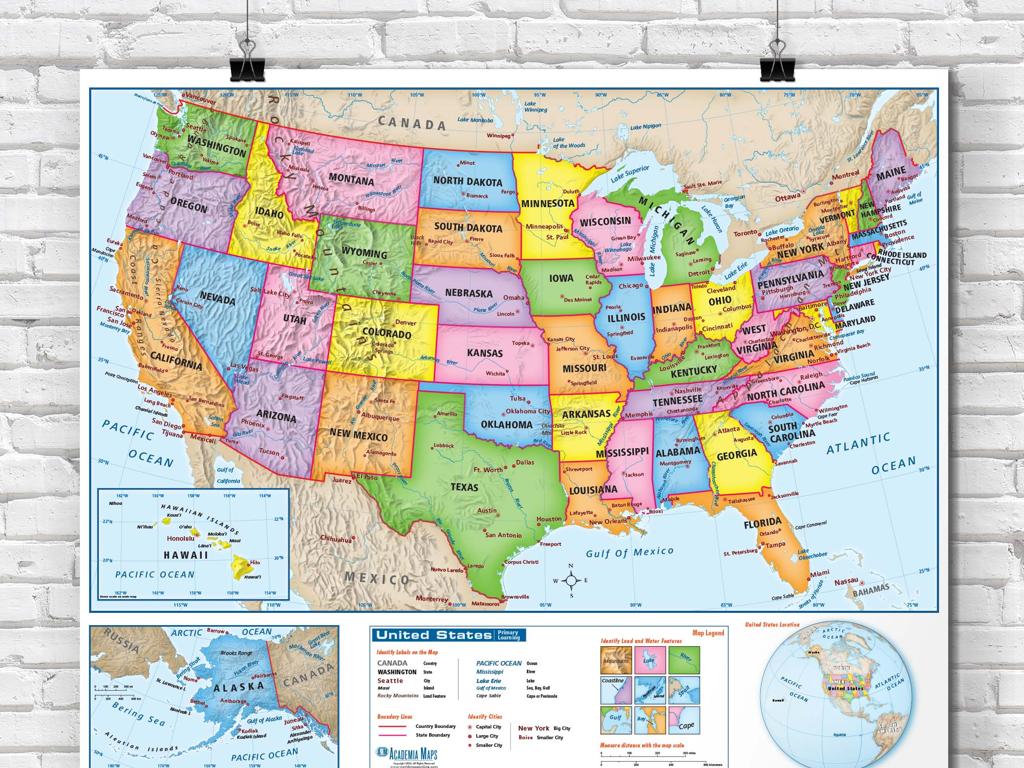Setting And Character
Subject: Language arts
Grade: Second grade
Topic: Theme
Please LOG IN to download the presentation. Access is available to registered users only.
View More Content
Today’s Adventure: Setting and Character!
– Explore the world of stories
– Discover the setting in tales
– Setting is where and when a story happens
– Meet the characters in books
– Characters are the people or animals in the story
– Connect setting & character to theme
– How setting & character shape the story’s message
|
This slide is designed to introduce second-grade students to the concepts of setting and character in the context of understanding a story’s theme. Begin by explaining that every story takes place in a specific location and time, which is called the setting. Then, discuss how stories have characters, which can be people, animals, or even objects that have been given human traits. Emphasize how both the setting and the characters can affect what happens in the story and what we can learn from it, which is the theme. Engage the students by asking them to think of their favorite story and describe its setting and main characters. This will help them relate to the concept of theme and understand how it is influenced by setting and character.
Exploring Themes in Stories
– Theme: the story’s big message
– Like the moral of the story, what it’s really about
– Common themes: Friendship, Courage, Adventure
– Stories can show us how to be good friends, brave, or love exploring
– Themes teach us important lessons
– We learn what to do or not do in situations
– Think about what the story teaches us
|
This slide introduces the concept of ‘theme’ to second-grade students. A theme is the underlying message or the ‘big idea’ that the author wants to convey through the story. It’s what the story is really about beyond the plot and the characters. Common themes like friendship, courage, and adventure are relatable to children and can be found in many of the stories they read. Themes are important because they help us learn lessons about life and how to handle different situations. When discussing this slide, encourage students to think about the themes in their favorite stories and what those stories have taught them. Ask them to share examples of themes from stories they’ve read and discuss as a class.
Exploring Story Settings
– Understanding story setting
– It’s the ‘where’ and ‘when’ of a tale
– Settings: real or make-believe
– Places can be anywhere, even in dreams!
– Setting’s role in a story
– Affects characters and events
– How setting shapes the plot
– Different places make for different adventures
|
This slide introduces the concept of ‘setting’ in a story to second-grade students. Explain that the setting is the time and place where the story occurs, which can be in the real world or a fantasy land. Emphasize how the setting can influence the actions and behaviors of characters, as well as the direction of the story’s plot. Use familiar stories as examples to illustrate how different settings can change the way a story unfolds. Encourage students to think about their favorite stories and the various settings they encounter in those narratives.
Meet the Characters in Stories
– Characters: Who’s in the story?
– They can be people, animals, or creatures
– Main characters lead the tale
– They drive the story forward
– Characters have different roles
– Like in a play, each character has a part
– Heroes, villains, and sidekicks
– The good guy, the bad guy, and the helper
|
This slide introduces the concept of characters in a story, emphasizing their importance and roles. Characters are the heart of any narrative, and understanding them helps students to engage with the story. Main characters are central to the plot, and their actions drive the story forward. Discuss the different roles characters can play, such as the hero (protagonist), villain (antagonist), or sidekick (supporting character). Use familiar stories from class readings or popular children’s books to illustrate these roles. Encourage students to think about their favorite characters and what roles they play in their stories.
Exploring Theme: Setting + Characters
– Setting and characters create theme
– The time and place of a story affect what happens and why.
– Characters’ actions reveal theme
– How characters behave in their world can give us clues about the story’s message.
– Examples show setting and theme
– We’ll see how different settings change what characters do and the story’s lesson.
– Discuss our favorite stories
|
This slide introduces the concept that the setting and characters of a story work together to create the theme, which is the underlying message or lesson. Explain that the setting is where and when the story takes place, and it can influence the characters’ actions. Those actions, in turn, help to reveal the theme. Use familiar stories as examples to illustrate how different settings can change the way characters act and how this helps to convey the theme. Encourage students to think about their favorite stories and what the settings and characters in those stories tell them about the theme. This will help them understand the importance of setting and character interaction in developing the theme.
Example Time!: ‘The Tortoise and the Hare’
– ‘The Tortoise and the Hare’ story
– Setting: A forest path
– The story takes place in a forest, which affects how the race is run.
– Characters: Tortoise and Hare
– Tortoise: slow but determined, Hare: fast but overconfident.
– Theme: Slow and steady wins the race
– Being consistent and persistent is better than being fast but careless.
|
This slide uses the classic fable ‘The Tortoise and the Hare’ to illustrate the elements of setting and character, and how they contribute to the theme. The setting of a forest path provides a natural course for the race. The characters, a slow-moving tortoise and a quick hare, are opposites that highlight the moral of the story. The theme, ‘Slow and steady wins the race,’ teaches the value of consistency and determination over haste and arrogance. Encourage students to discuss how the setting and characters support the theme and ask them to think of other stories where the setting and characters reinforce the theme.
Your Turn: Identify the Setting
– Observe the picture closely
– Describe the setting you see
– Look for clues like place and time of day
– Guess the story from the setting
– Use the setting to predict the story’s events
– Imagine characters in the story
– Think about who lives or visits the setting
|
This slide is an interactive activity for students to practice identifying the setting in a story and using it to make predictions about the plot and characters. Encourage students to look at the picture and notice details such as the location, time period, weather, and mood. Ask them to describe what they see and how it might relate to the story. Then, have them guess what the story could be about and what types of characters might be involved, based on the setting. This exercise helps develop critical thinking and comprehension skills. For the teacher: Prepare to guide the discussion, provide prompts if needed, and validate all student contributions to ensure a positive learning experience.
Your Turn: Imagine the Characters
– Imagine characters in our setting
– Decide if they’re humans, animals, or fantasy
– Think about what they’re doing
– Are they playing, exploring, or having an adventure?
– Draw a picture of your scene
– Use your imagination to bring the setting to life
|
This slide is an interactive activity for the students to engage their creativity by imagining characters that fit into the previously discussed setting from Slide 7. Encourage the students to think about whether their characters are humans, animals, or perhaps even fantasy creatures like dragons or unicorns. Ask them to consider what these characters might be doing in the setting are they on a quest, having a picnic, or discovering a secret place? Provide drawing materials and allow time for the students to illustrate their imagined scene. This will help them understand how characters fit into a setting and contribute to the theme of a story. Collect the drawings and discuss a few in the next class to highlight the diversity of imagination and reinforce the lesson.
Create Your Own Story!
– Pick a place for your story
– Invent two story friends
– Choose a message for your story
– What lesson do you want to share?
– Draw your setting and friends
– Use colors to show feelings
|
This slide is a class activity designed to spark creativity and understanding of setting, character, and theme in storytelling. Students are encouraged to think of a place where their story will happen, like a jungle or outer space. They will then create two characters, perhaps animals or astronauts, and decide what message or lesson their story will convey, such as the importance of friendship or bravery. Lastly, they will draw their setting and characters, using colors to express emotions and atmosphere. For the teacher: Provide examples of settings and characters to inspire the students. Offer guidance on how a theme can be derived from the interaction between setting and characters. Prepare materials for drawing, and consider creating a storyboard template for students to organize their ideas.
Class Activity: Story Circle
– Form a circle with classmates
– Share your story’s details
– Tell us about where and when your story happens, who is in it, and what the main message is.
– Discuss setting’s impact on theme
– How does where the story takes place change the story’s message?
– Explore character influence on theme
– How do the people in your story make the message different?
|
This activity is designed to help students understand the elements of a story and how they interact to create a theme. By forming a circle, students will engage in a community storytelling exercise. Each student will share the setting, characters, and theme of a story they know or have created. The class will then discuss how different settings and characters can alter the theme of a story, highlighting the importance of these elements in storytelling. For example, a story set in space might have a theme of adventure, while the same story set in a backyard might focus on imagination. Teachers should facilitate the discussion, ensuring each student has a chance to participate and reflect on how these elements shape a story’s message.

